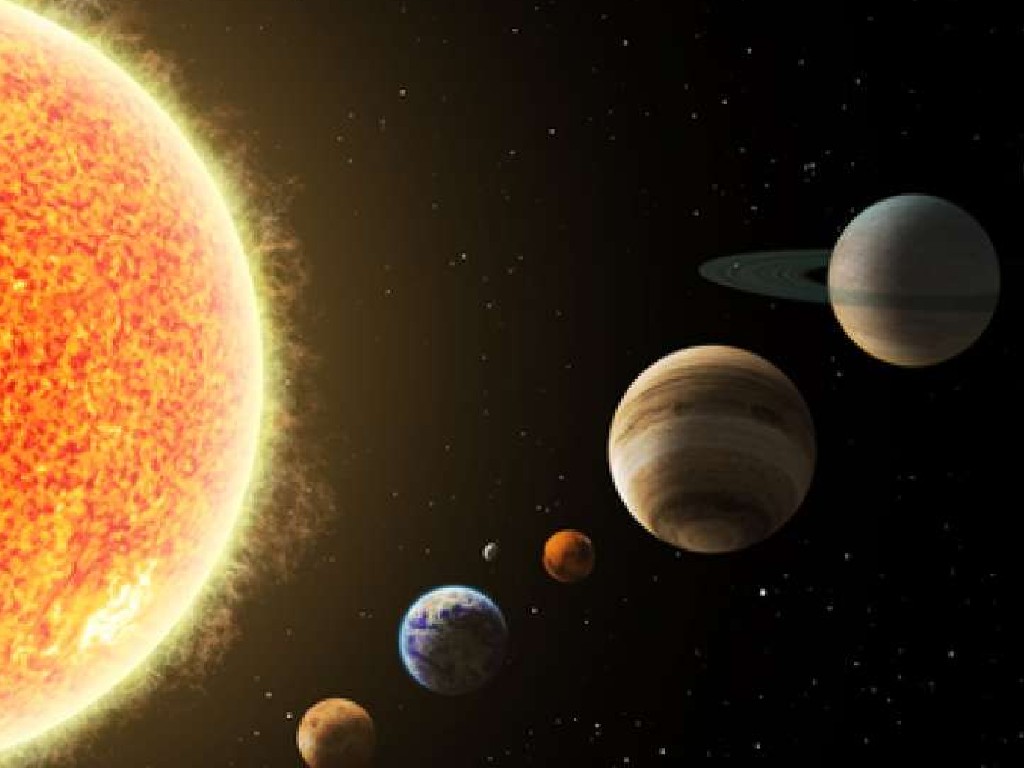Jakarta – A volcanic peak that stands more than a mile on Venus may still be active, new findings suggest, possibly explaining hotly debated findings suggesting that life may exist on a hellish planet.
Venus has more volcanoes than any other planet in our solar system. Previous research has shown that Venus has more than 1,600 large volcanoes, and could have more than 100,000 or even more than 1 million smaller ones.
However, it has been hotly debated whether any remain active today, as the planet’s extreme surface pressures and temperatures make it difficult for surface probes to last very long (if any) on the planet. Venus, and a thick cloud of sulfuric acid boundary analysis.
In a new study, researchers analyzed Idunn Mons, the volcanic peak of Venus about 1.5 miles (2.5 kilometers) high and 125 miles (200 km) wide located in the Imdr Regio, a high-altitude region rich in volcanoes. on southern Venus. And they found what they thought could be a recent activity.
Previous research found that the planet did have fewer craters from cosmic impacts than would be expected given the number of craters that dot other rocky planets in the solar system, a finding that suggests lava from active volcanoes could continue to sweep away the planet’s surface.
A better understanding of volcanic activity on Venus could help explain the recent detection of gas the phosphine there, which some researchers have controversially suggested may be linked to life on a hellish planet.
“The possible presence of phosphine in Venus’ atmosphere may be related to recent or ongoing volcanic activity,” study lead author Piero D’Incecco, a planetary scientist at D’Annunzio University in Pescara, Italy, told Space.com.
“Therefore, searching for potentially active volcanism sites on Venus is very important,” he added.
In 2010, the European Space Agency’s (ESA) Venus Express spacecraft detected infrared anomalies on the upper and eastern sides of Idunn Mons indicating the presence of new volcanic deposits. This provides the first hint that the area may have seen active volcanism in the last few million years.
The researchers analyzed through the spacecraft’s observations for signs of recent activity. They combined this data with laboratory studies of how volcanic rocks change when exposed to high surface temperatures and Venus’ atmosphere rich in carbon dioxide, sulfur and caustic.
Surface images of the Venusian surface captured by Venus Express and NASA’s Magellan spacecraft confirm fresh lava flows at Idunn Mons.
Atmospheric data from Venus Express also found that winds were slower than expected in the lower atmosphere above the Imdr Region, which the researchers in the new study suggest may be related to heat from recent or ongoing lava flows.
The researchers also found surface cracks which they considered evidence of tectonic activity that coincided with volcanic activity.
The scientists also point out that recent laboratory experiments have shown that surface rocks on Venus can change chemically much more rapidly than previously thought.
While previous analyzes showed that volcanic flows at Idunn Mons were, at most, 2.5 million years old and as young as 250,000 years old, new chemical analyzes show that these rocks are much younger.
Overall, the researchers concluded that Idunn Mons was recently active—perhaps anywhere from 10,000 years ago to just a few years ago.
“This is the first time we have combined so many and such disparate data sets to suggest a combination of recent and potentially ongoing eruptions, as well as recent tectonic activity, on a terrestrial planet other than Earth,” said D’Incecco.
A number of future missions are currently planned to map Venus, including NASA’s VERITAS orbiter and ESA’s EnVision probe. If Venus is volcanically active, “future missions should target these geologically young provinces for repeated high-resolution measurements to see which could be active,” said study author Justin Filiberto, a planetary scientist at NASA Johnson.
Such missions can help to investigate which volcanoes have changed, how they are changing and the rate of change. []
–


